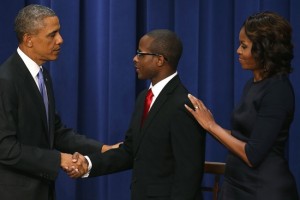 As I have written in the past, The New York Times has had a pattern of sensationalizing the status of student loan debt in the country through a series of articles that misrepresent the true status of borrowing. It is a mystery to me why the Times persists in doing so, as they have also published articles that more accurately show the true state of affairs. The most recent misrepresentation appeared last week in an article authored by Kevin Carey, a frequent critic of higher education in this country. Earlier this year I wrote a critique of Carey’s most recent book, The End of College.
As I have written in the past, The New York Times has had a pattern of sensationalizing the status of student loan debt in the country through a series of articles that misrepresent the true status of borrowing. It is a mystery to me why the Times persists in doing so, as they have also published articles that more accurately show the true state of affairs. The most recent misrepresentation appeared last week in an article authored by Kevin Carey, a frequent critic of higher education in this country. Earlier this year I wrote a critique of Carey’s most recent book, The End of College.
In his Times article Carey tells the story of Liz Kelley, a 48-year-old woman who borrowed $26,278 to earn a bachelor’s degree in English in 1994, but whose student loan debt today totals $410,000 – yes, $410,000! As Carey points out, this is a sum of money Ms. Kelley is unlikely to be able to ever pay back given her current career as a teacher at a parochial school. Her total borrowing ballooned because of additional debt she took on for graduate programs (in law, which she didn’t complete, and then education), and the fact that she was infrequently, if at all, actively repaying her loans.
Continue reading “The New York Times misrepresents student debt – again”


